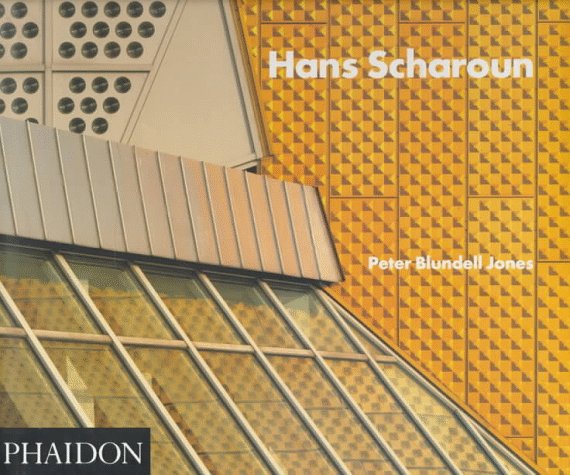Pidgeon Audio Visual Library
1 total work
Series 2
This text offers an overview of the life and work of Hans Scharoun, a German architectural Modernist of the 1920s, who stayed in the country during the Third Reich to re-emerge in the 1950s. His theoretical stance in relation to his contemporaries is explored. Scharoun first achieved international recognition with his controversial house for the Stuttgart Weissenhofsiedlung in 1927. His experiments with free planning and dynamic interior space continued throughout the difficult wartime years, from which he emerged with renewed energy and a consolidated architectural philosophy. This is best exemplified by the famous Philharmonic concert hall in Berlin of 1956-63, which brought him widespread acclaim. This structure, with its in-the-round layout and geometrical complexity, has been much imitated and remains a 20th century model for this building type.
